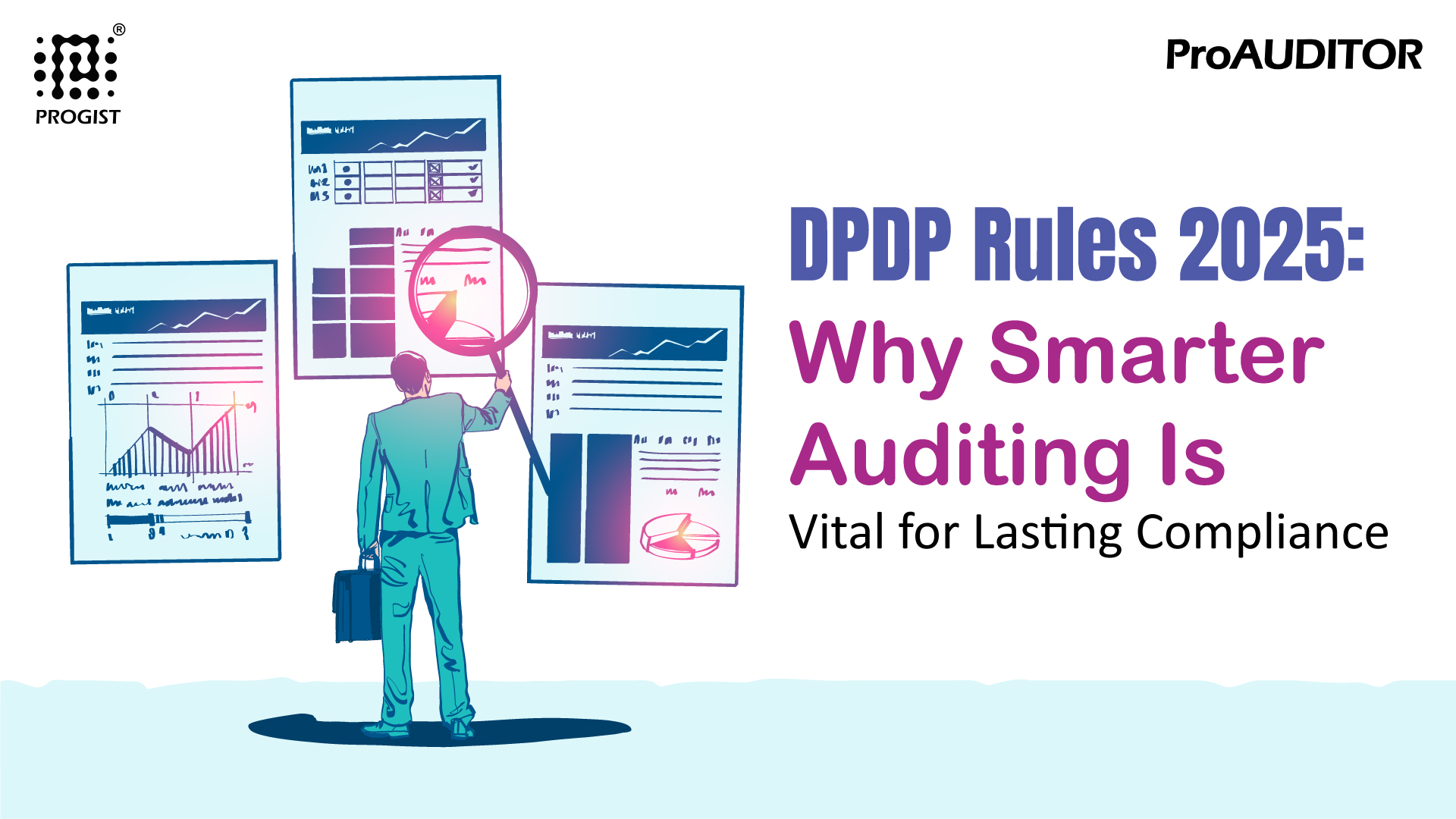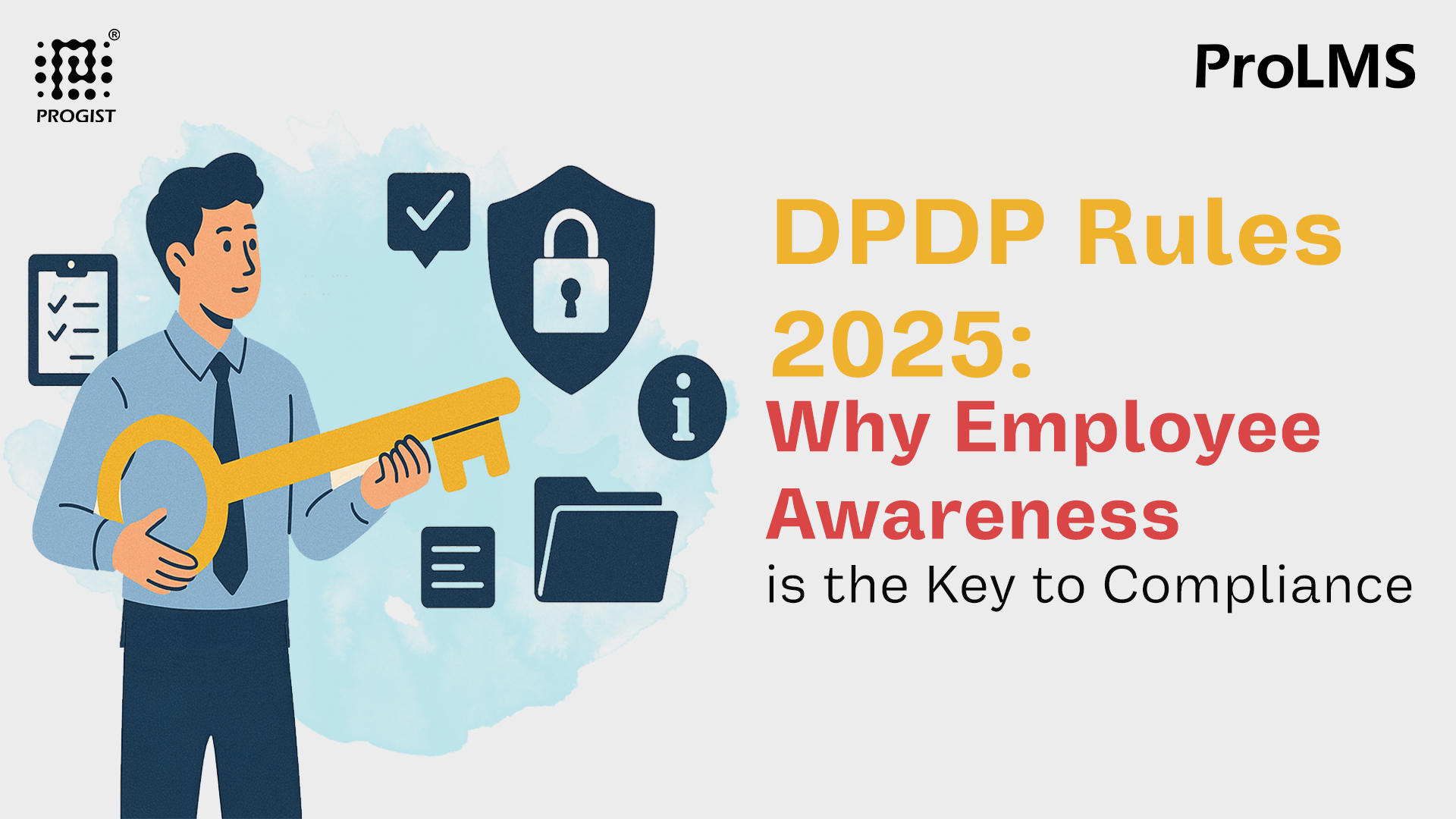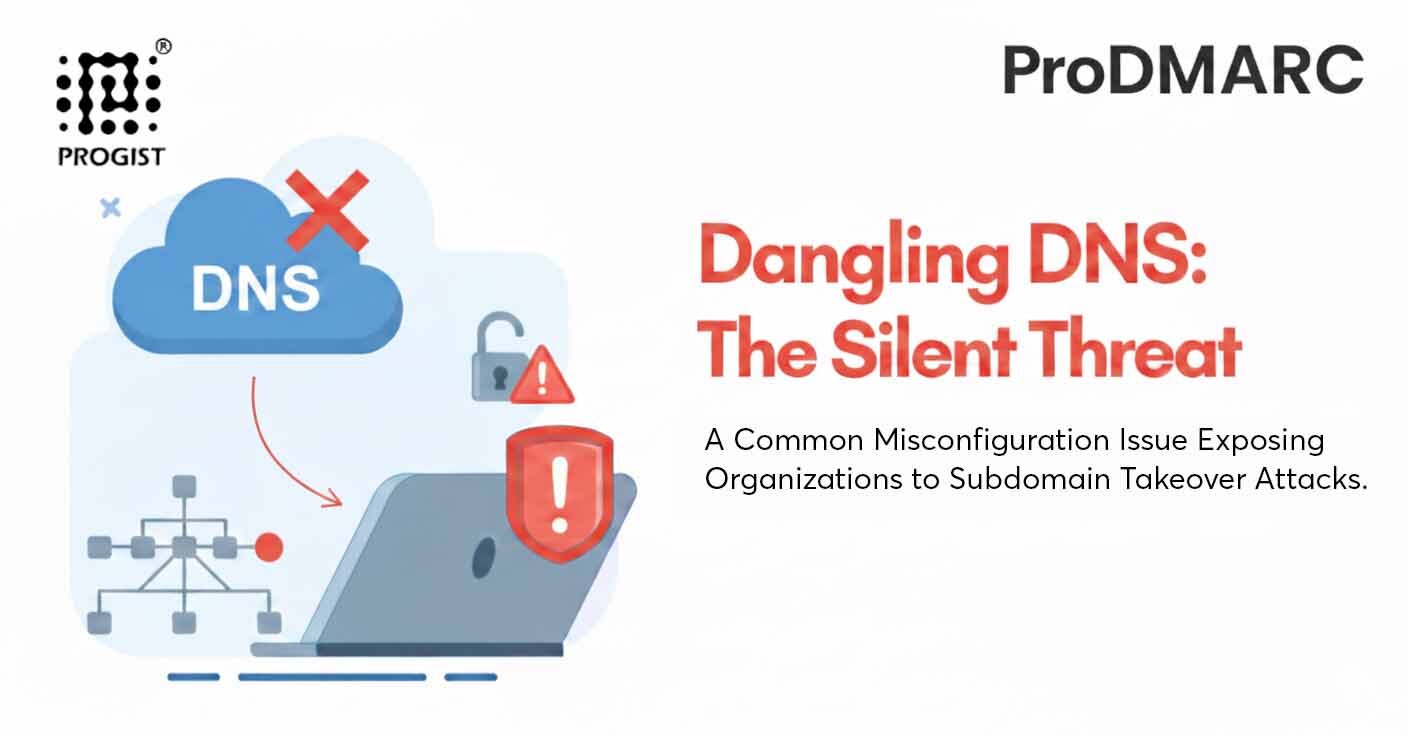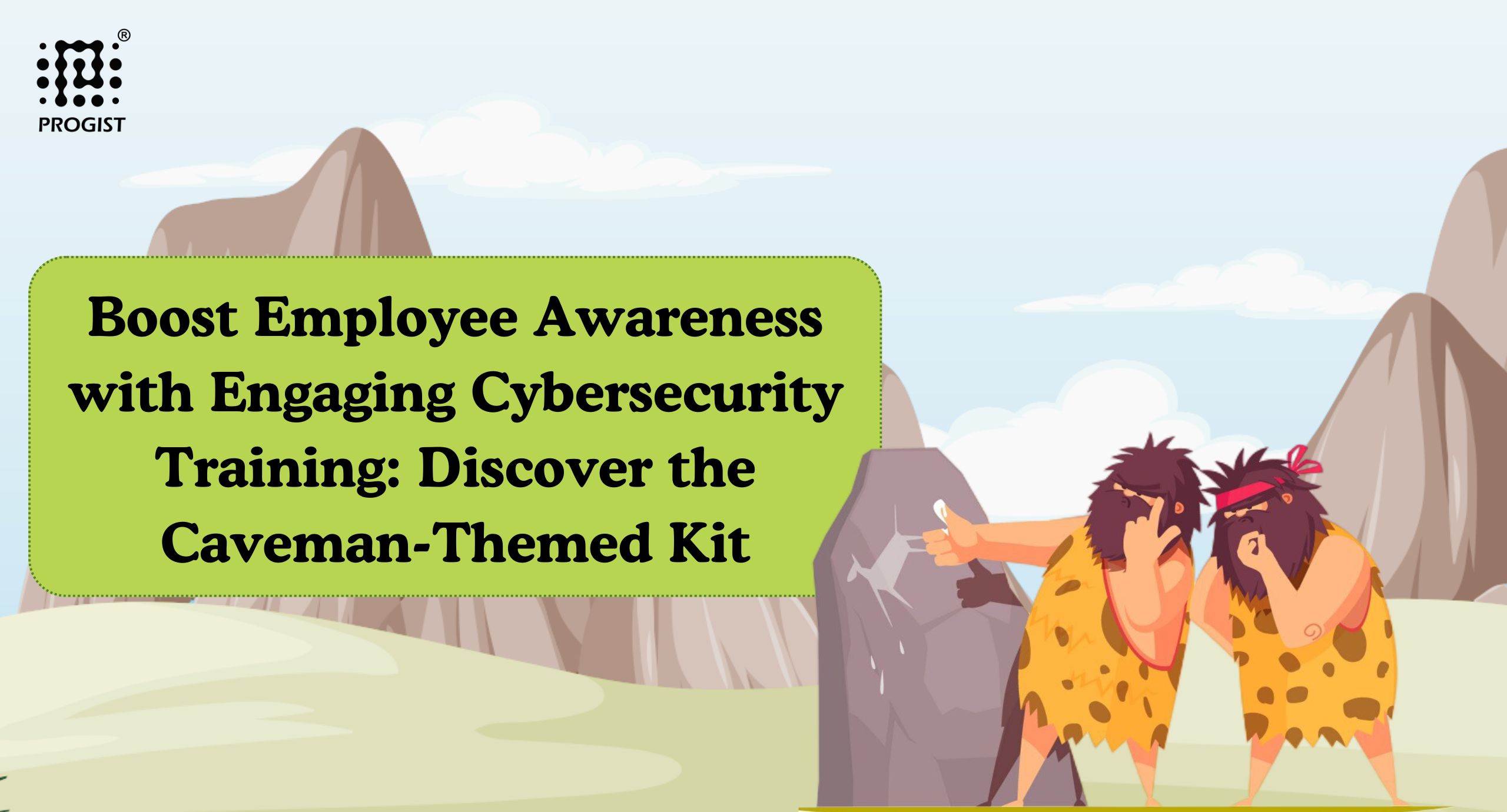DPDP 2025 demands continuous, evidence-ready compliance. ProAuditor unifies audits, risk, and policy to help organizations stay inspection-ready. …
Read MoreDPDP Rules 2025: Why Smarter Auditing Is Vital for Lasting Compliance

DPDP 2025 demands continuous, evidence-ready compliance. ProAuditor unifies audits, risk, and policy to help organizations stay inspection-ready. …
Read MoreDPDP Rules 2025: Why Smarter Auditing Is Vital for Lasting Compliance

DPDP 2025 puts privacy in focus. Employee awareness drives real compliance. With ProLMS, training becomes easy, engaging, and essential for trust. …
Read MoreDPDP Rules 2025: Why Employee Awareness is the Key to Compliance

Dangling DNS is a common and dangerous misconfiguration in Domain Name System (DNS) records. It occurs when a DNS entry points to an external service or resource that no longer exists, but the record itself remains active. This leaves a subdomain vulnerable to a subdomain takeover attack.
…

Over 1,200 fake Amazon sites surfaced before Prime Day, highlighting a rise in phishing threats. Here’s what it means for your org’s cyber readiness. …
Read MoreFake Amazon Sites Surge Ahead of Prime Day – What It Reveals

Scattered Spider’s ransomware hit Marks & Spencer after one help‑desk phone call. Learn how employee awareness training with ProLMS can stop the next breach. …
Read MoreThe Marks & Spencer Cyber‑Attack: Why Your People Must Be the Strongest Layer of Defense

Relying only on click rates in phishing simulations? Discover the critical metrics that truly reflect your organization’s cyber resilience. …
Read MoreThe Click Rate Trap: What Else Should You Be Measuring in Your Phishing Simulations?

With the holiday season approaching, cybercriminals are ramping up their attacks. Ensure your business stays secure by empowering your employees with the knowledge and skills to recognize and avoid threats. Strengthen awareness, reduce risk, and protect your organization from holiday cybercrime. …
Read MorePrepare for the Holiday Cybercrime Spike: Strengthen Your First Line of Defence

Google’s latest update simplifies BIMI logo display with Certified Mark Certificates (CMC), making it easier for businesses to enhance their brand reputation and reduce phishing risks in Gmail. …
Read MoreGoogle Makes BIMI Adoption Easier by supporting Common Mark Certificates (CMC)

Having a well-defined Incident Response Plan is crucial to minimizing the damage of a breach. Equip your team with the right tools and strategies through real-world simulations with WarRoom. …
Read MoreIs Your Business Prepared for a Cyberattack? The Key Steps to Incident Response Success

Engaging content is key to making cybersecurity awareness stick. Our Caveman-Themed Cyber-Security Awareness Kit offers a fun and memorable approach. …